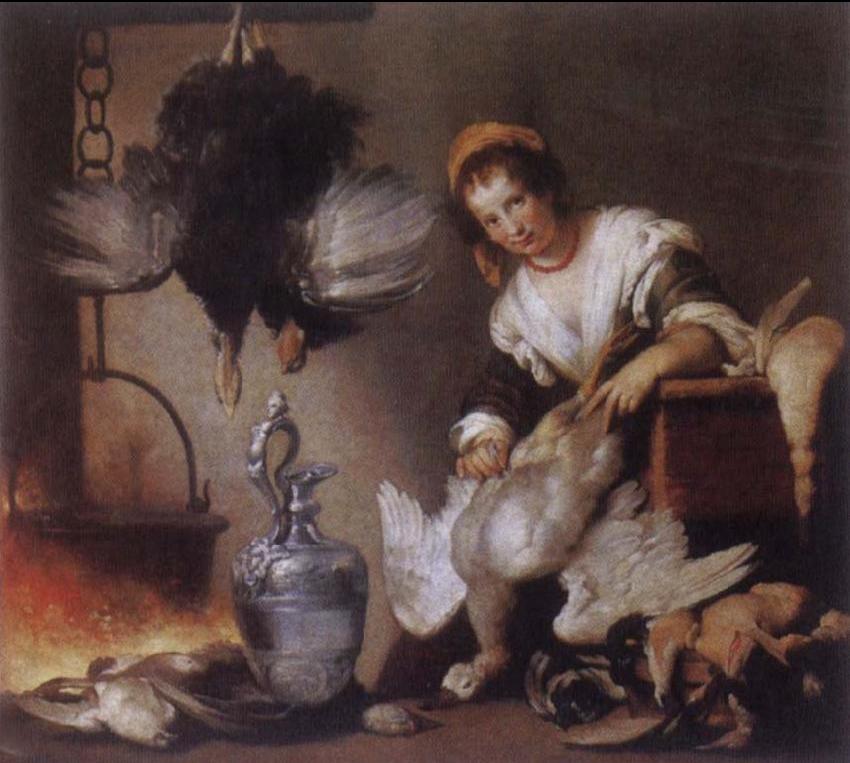There are only three weeks left to see “Baroque Painting in Genoa”, the National Gallery’s small but illuminating (and free) exhibition of seventeenth-century masterpieces on loan from Genoese churches, palaces and museums. The Cook, by Bernardo Strozzi, is one of the most intriguing. An ideal albeit somewhat spicy accompaniment to a traditional Sunday lunch, it is this week’s visual feast.
Genoa is not a very popular tourist destination, partly because of the monumentally ugly post-war flyover which blights much of the historic harbour and city centre; so the richness of its artistic heritage remains a fairly well kept secret. The first half of the seventeenth century, which coincided with the career of Bernardo Strozzi, was the golden age of the fledgling Genoese Republic. The city’s population almost doubled and its wealth multiplied too, thanks principally to thriving maritime trade. Several leading artists were drawn to Genoa by its newfound prosperity, including Caravaggio, Rubens and Van Dyck. Strozzi, by contrast, was born and bred in the city.
Despite its apparently mundane subject matter, The Cook is a sophisticated and cosmopolitan picture, which demonstrates Strozzi’s familiarity with the latest trends in art. The warm, reddish tonalities of the painting; the virtuoso handling of a plethora of differently feathered types of poultry; the boldly painted fire beneath the cooking-pot; the subtly managed reflections in the splendid silver ewer; the sensual, ruddy-cheeked figure of the cook herself – all these suggest a desire to emulate the impressively fluent style of Rubens, in particular. But there is nothing Rubensian about Strozzi’s subject matter, which was almost certainly inspired by the very different example of northern genre paintings. Scenes of cooks in their kitchens or drinkers gathered in taverns had been a stock-in-trade of Dutch and Flemish artists for decades, but had only just...


